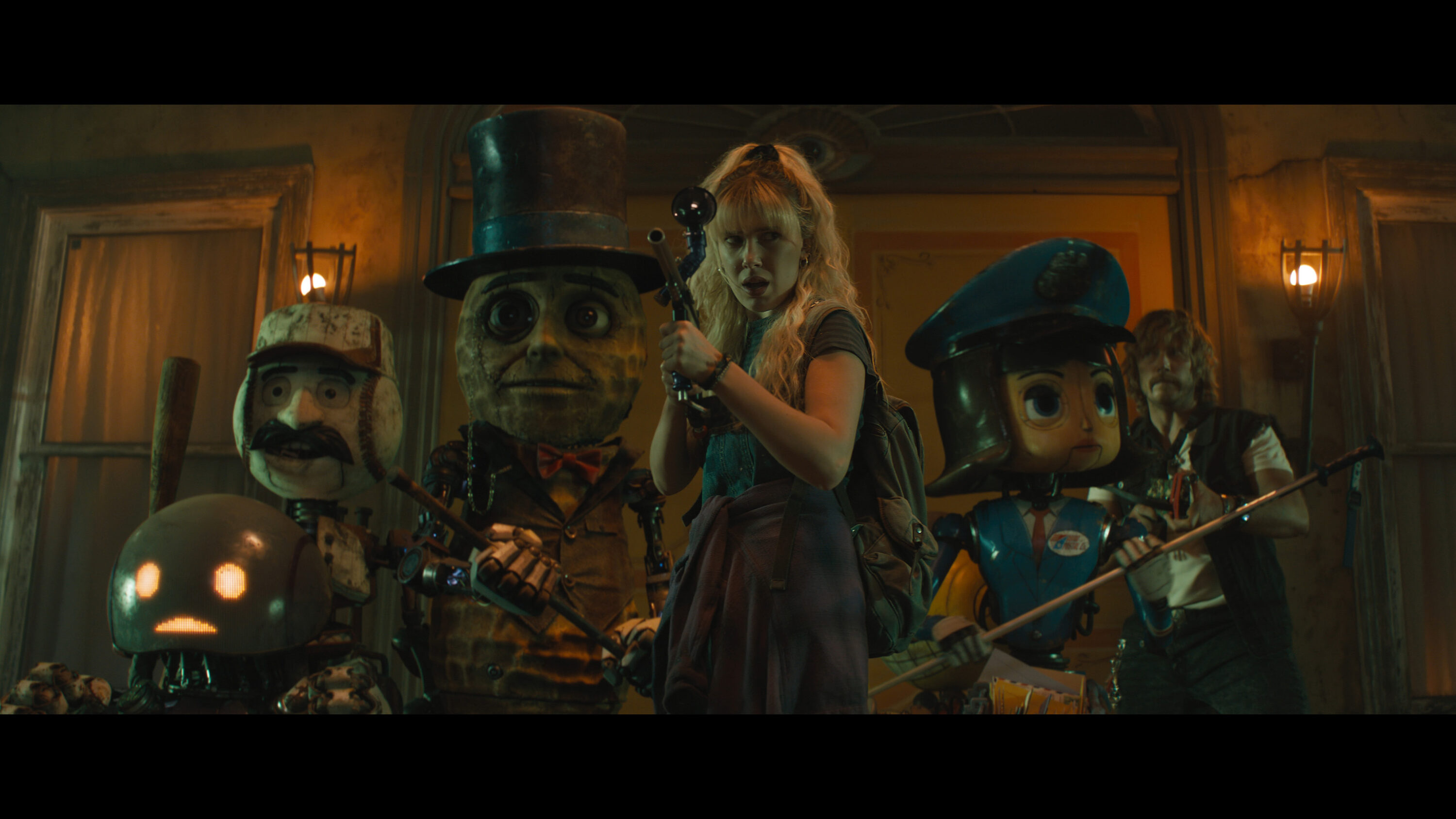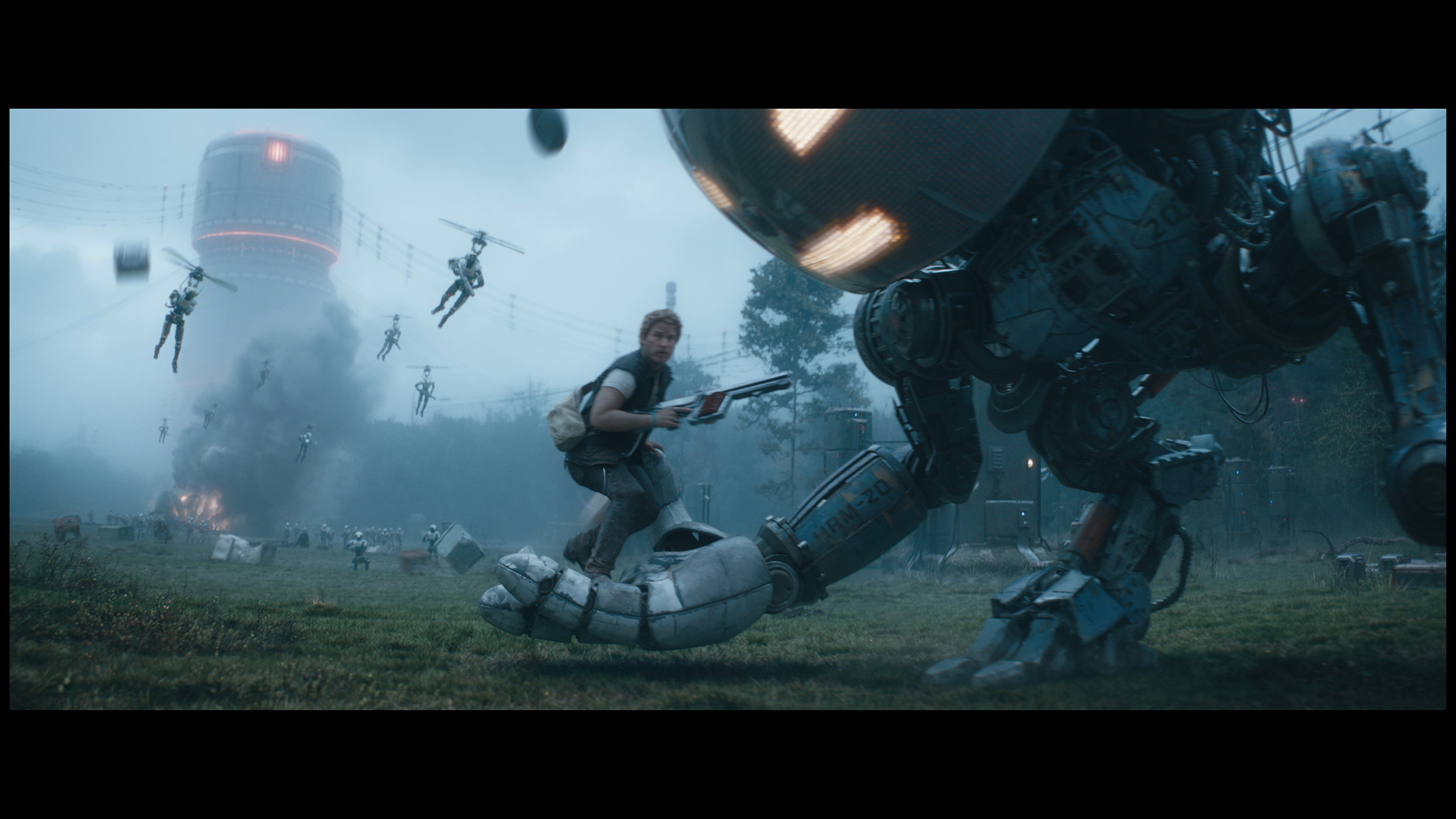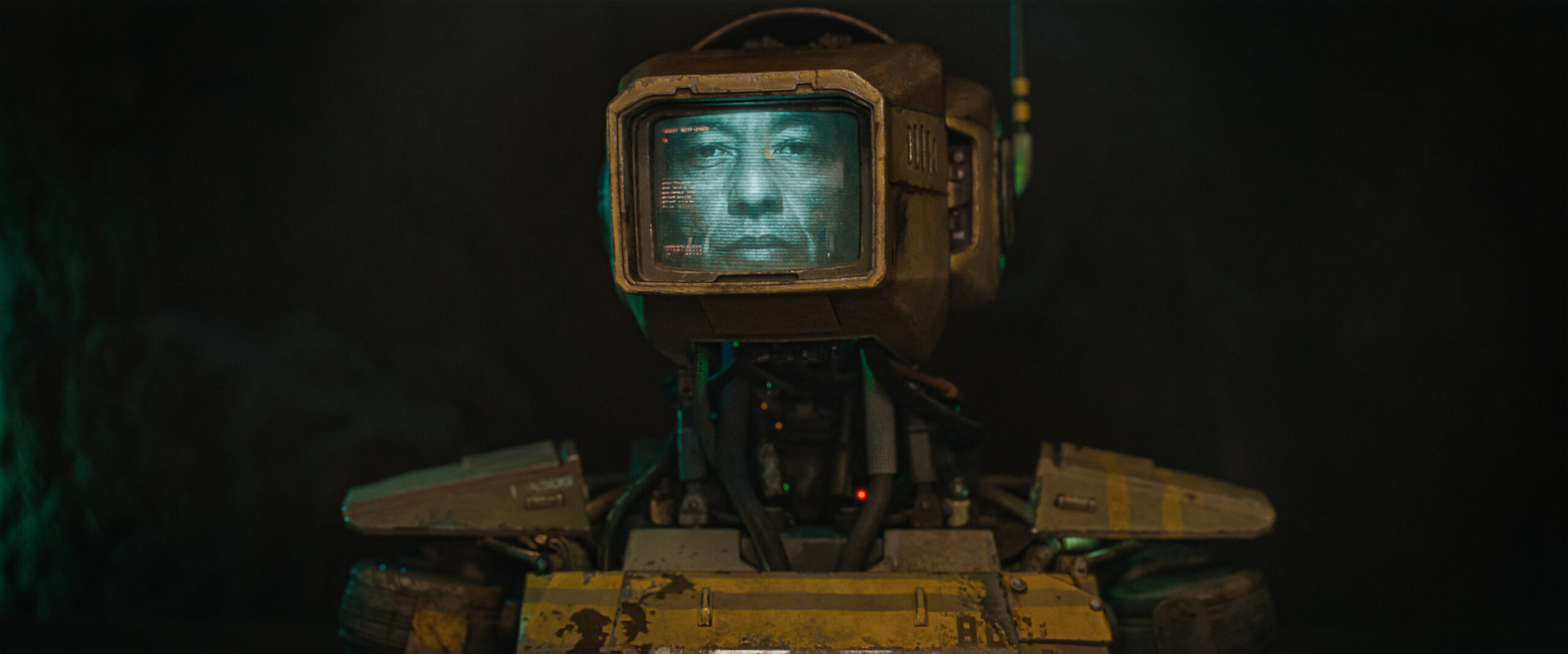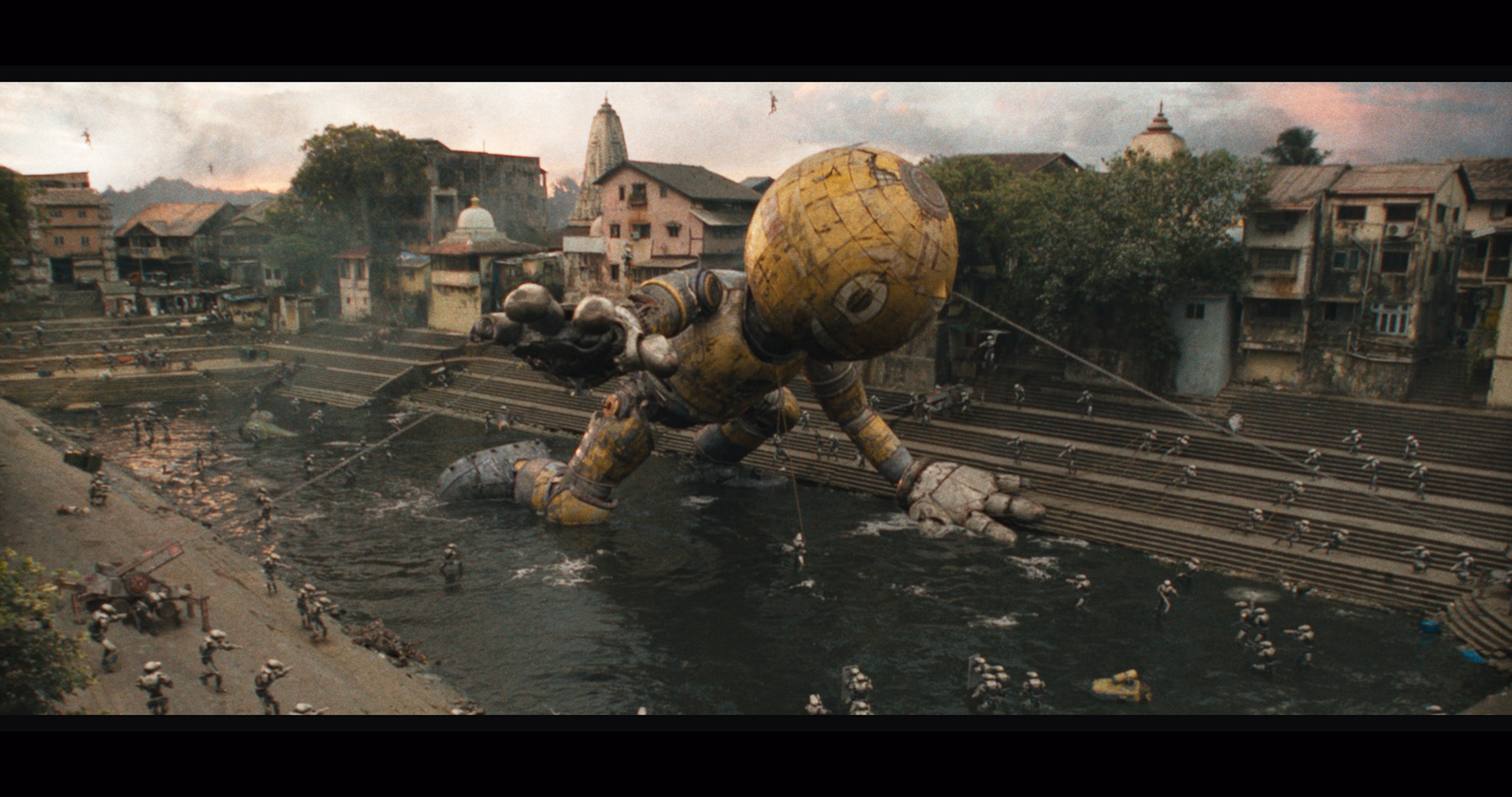The Electric State is a Netflix sci-fi adventure from the directors of Avengers: Endgame, set in a retro-futuristic 1990s. Millie Bobby Brown stars as Michelle, a teenager searching for her presumed-dead brother, Christopher, in a world where exiled sentient robots once lived among humans. With the help of a mysterious robot named Cosmo and a smuggler, Keats (Chris Pratt), she ventures into the Exclusion Zone, uncovering sinister secrets along the way.
Directed by Anthony and Joe Russo, the film features a star-studded cast, including Ke Huy Quan, Giancarlo Esposito, Stanley Tucci, and Woody Norman, with voice performances by Anthony Mackie, Woody Harrelson, Brian Cox, Jenny Slate, and Alan Tudyk. Based on Simon Stålenhag’s graphic novel, the screenplay is written by Christopher Markus & Stephen McFeely.
While the film’s storytelling may not resonate with everyone, its digital artistry is undeniably impressive. As someone with a background in a school setting where students and designers collaborate on digital art portfolios, I can appreciate the level of detail and craftsmanship that went into bringing this world to life. From its intricate environments to its expressive character and prop designs, The Electric State is a valuable case study for digital artists, concept designers, and students looking to refine their craft.

Well-Crafted World-Building
The environments in The Electric State are thoughtfully designed, helping to establish the film’s unique atmosphere. From open, desolate landscapes to more intricate futuristic cityscapes, each setting contributes to the film’s retro-futuristic aesthetic and dystopian tone. The use of lighting, depth, and atmospheric perspective adds to the sense of scale and immersion, making the world feel expansive yet grounded. While some areas may feel more developed than others, the visual storytelling through environment design offers plenty of inspiration for artists interested in creating compelling digital worlds.

Thoughtful Use of Texture and Color Tone
One of the strongest aspects of the film’s digital art is its use of texture. Surfaces feel worn, aged, and lived-in, adding a layer of realism that enhances the believability of the world. The film doesn’t rely on overly polished visuals; instead, it embraces imperfections, scratches, and material details that make everything feel tangible.
The color palette plays a crucial role in shaping the movie’s atmosphere. Muted earth tones contrast with cool metallic hues, establishing a visual language that blends nostalgia with a sense of industrial futurism. This serves as a valuable reference for students exploring how color theory impacts mood and storytelling in digital art.

Exceptional Character and Robot Design
The character designs in The Electric State are another standout element. The human characters feel distinct, each with a unique silhouette and personality conveyed through their outfits, postures, and subtle details. However, it’s the robots that truly steal the show. Their designs strike a perfect balance between mechanical realism and emotional expression, making them feel both futuristic and relatable.
For students and designers focusing on character development, this film is an excellent example of how to merge mechanical and organic elements in a way that feels natural. The robots have a presence that makes them more than just machines, they become characters with their own sense of identity.
Strong Prop and Asset Design
Beyond characters and environments, The Electric State excels in prop and asset design. Vehicles, devices, and everyday objects in the film all contribute to the world-building, reinforcing the setting’s technological and cultural landscape. The level of thought put into these details makes the film a valuable reference for artists looking to design functional and aesthetically cohesive props for their own projects.

A Great Study Case for Digital Artists and Students
For anyone in the field of digital art, The Electric State offers a wealth of visual and technical inspiration. Whether studying texture application, lighting techniques, color grading, or character design, there’s plenty to analyze and learn from. Students working on their digital art portfolios can take cues from this film when designing environments, crafting character concepts, or even developing sci-fi-inspired props.
While The Electric State may not appeal to all audiences from a narrative standpoint, its digital artistry is undeniably noteworthy. It serves as a strong example of how world-building, texturing, lighting, and character design come together to create a visually captivating experience. For digital artists and students looking to expand their understanding of these elements, this film is definitely worth studying.
The Electric State is scheduled for release on Netflix on March 14, 2025.
Discover more from SNAP TASTE
Subscribe to get the latest posts sent to your email.



